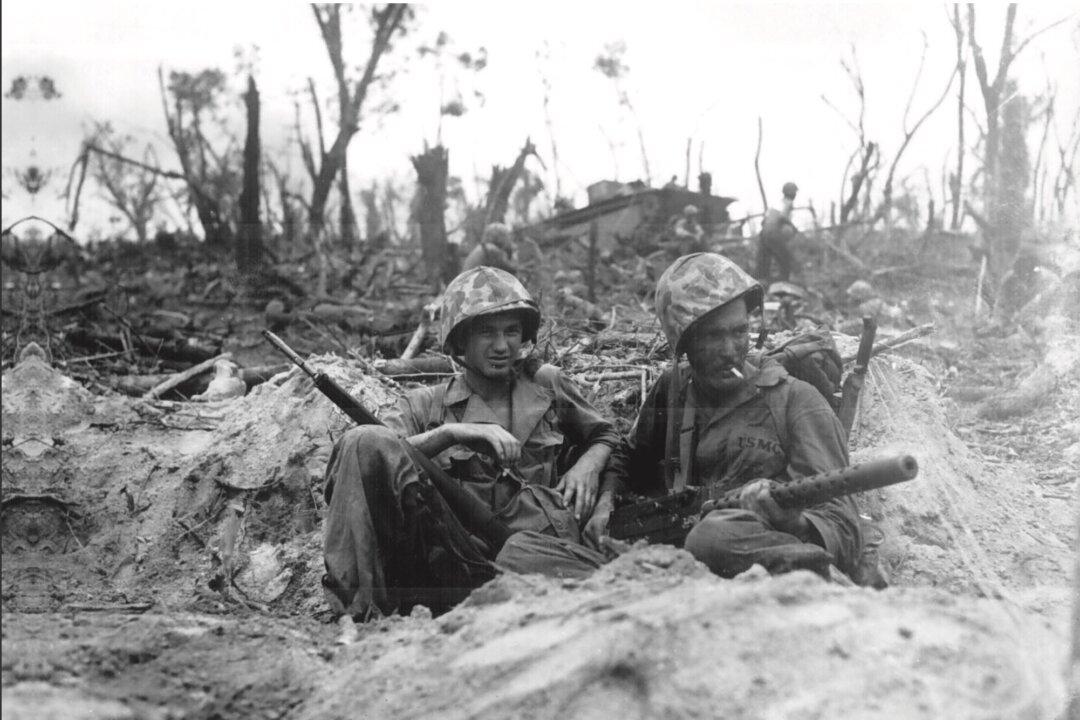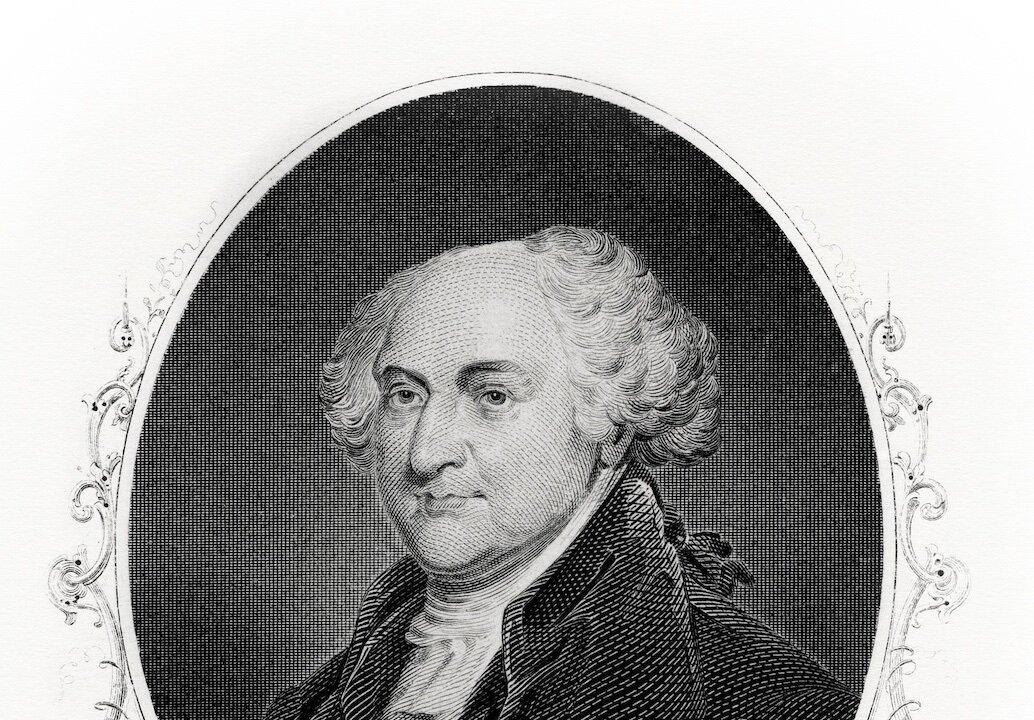By the evening of June 6, 1944, American, Canadian, and British forces had carved a toehold on the beaches of Normandy in northern France—the beginning of the end of Nazi domination of Europe. Yet as the Allied soldiers scrambled up the shingle beach and burst over the cliffs and bluffs overlooking the five landing beaches, they ran up against an unanticipated obstacle: the landscape of Normandy itself.
Northern France, like most of Europe, has been continuously occupied by humanity for millennia, and the picturesque, gentle, rolling hills and small, wooded groves of northern France have long been divided into cultivated fields. The terrain as a whole, traditionally called “bocage,” is traced by idyllic sunken lanes, and ancient hedgerows, some centuries old, flank these lanes. Hedges—dutifully and carefully tended by generations of farmers as a natural fence for livestock—can rise 10 or more feet into the air, and the thorny branches and brambles interlace so effectively as to prevent the passage of a determined bull or goat, let alone a man.





